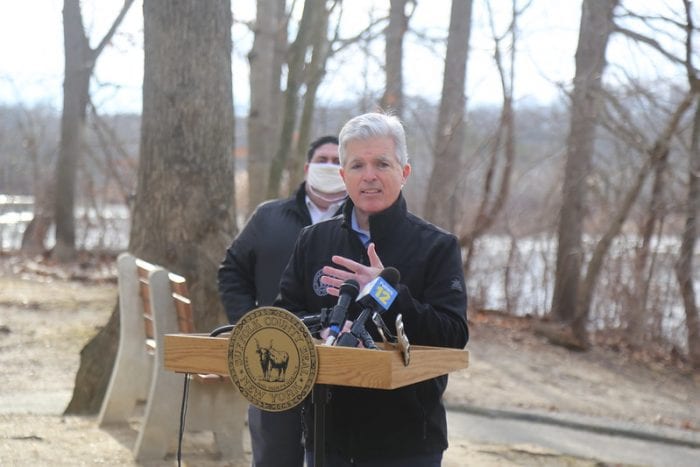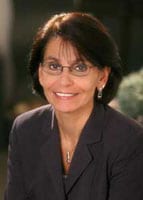By Fr. Francis Pizzarelli
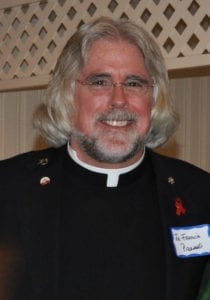
“Walk a mile in my shoes” -— an old popular folk song is so appropriate as we begin the New Year 2021. We were all hopeful that with a new year and a new presidential administration we would embrace a new beginning for our nation; realizing that we are not going to agree on everything but hoping that we would all work for healing and unifying of the soul of our nation.
Unfortunately, this New Year began with a violent insurrection on the People’s House in Washington D.C. Powerful voices in leadership incited an angry mob to desecrate the capital and they were the direct cause of the loss of five innocent lives. Violence always begets violence.
No matter what you believe, the videotapes and audiotapes of that horrific day don’t lie. We all saw and heard firsthand the reprehensible behavior and language on January 6, 2021. It will go down in American history as one of our darkest days. Despite that beginning, the validly elected president spoke of unity, healing and peace in his inaugural address. Since that day, our legally elected new president has tried to lead by example.
The polarization of our nation is a very destructive force paralyzing any possibility for bridge building and genuine healing. Painfully, there are elected leaders with powerful voices who are paralyzing our nation and not listening to the people.
As someone in the trenches who has committed his life to reaching out to the most vulnerable among us, I am profoundly saddened by the hateful rhetoric, the violent and threatening behavior and the lack of compassion, especially among some of those we’ve elected to lead this nation forward.
We need courageous leaders — men and women who are not afraid to speak and stand for the truth. Honestly, why would anyone want to volunteer to be an elected representative in Washington after witnessing what has happened this past year? The vice president and the speaker of the house were threatened with murder and unspeakable violence. Other public officials who have spoken out for justice and peace have had family members threatened.
The silence on both sides of the aisle is reprehensible. Their complicity is a disgrace. We the people must speak out about the social injustice and challenge the landscape of hate and disrespect. We are capable of being so much more. We can no longer remain silent and support this mediocrity and disrespect.
Freedom of speech is one of our greatest gifts and does not mean the freedom to lie, slander and demean another. The framers of the Constitution did not intend it to be a weapon to incite insurrection and/or violence. I believe the intent of freedom of speech was to support a platform to express the diversity of ideas and opinions within our nation and to look for consensus that supports the majority.
The majority of Americans from all ends of the political spectrum deplored the violence that was provoked at the People’s House on January 6; however, the loud boisterous minority dominated the headlines with endless excuses and unacceptable explanations for this senseless violence and loss of life.
“Walk a mile in my shoes” — we should all attempt to walk in another’s shoes especially the homeless, the poor, the addict, the mentally ill and the returning veterans. Think about the growing number of children, teenagers and young adults that are battling mental and emotional illness due to the growing challenges and stresses of the pandemic.
Despite living in the midst of all of this stress and suffering, I see hope, which is the real soul of America. I see people giving their stimulus checks to programs that support young people at risk; a middle school student standing up before his class and raising money for a project the benefits drug addicts and countless unsolicited random acts of kindness that inspire me to continue to “Walk a mile in someone else’s shoes” and stay the course! Our local community is the America that I love and support!
Fr. Pizzarelli, SMM, LCSW-R, ACSW, DCSW, is the director of Hope House Ministries in Port Jefferson.


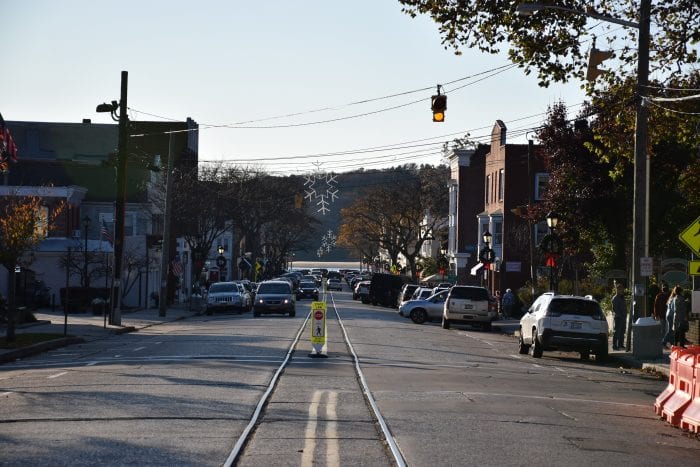
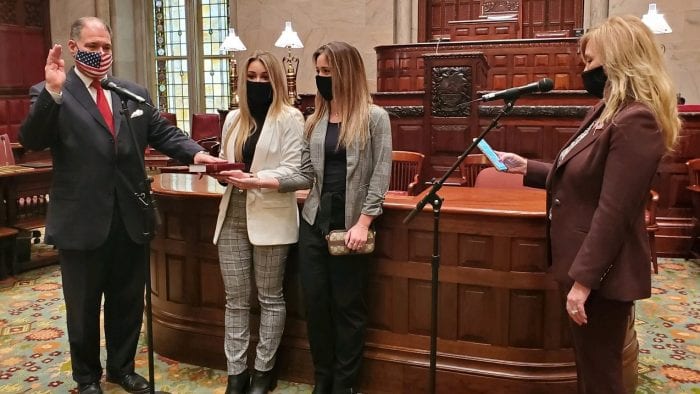
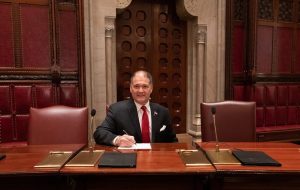 Fresh on the job
Fresh on the job


